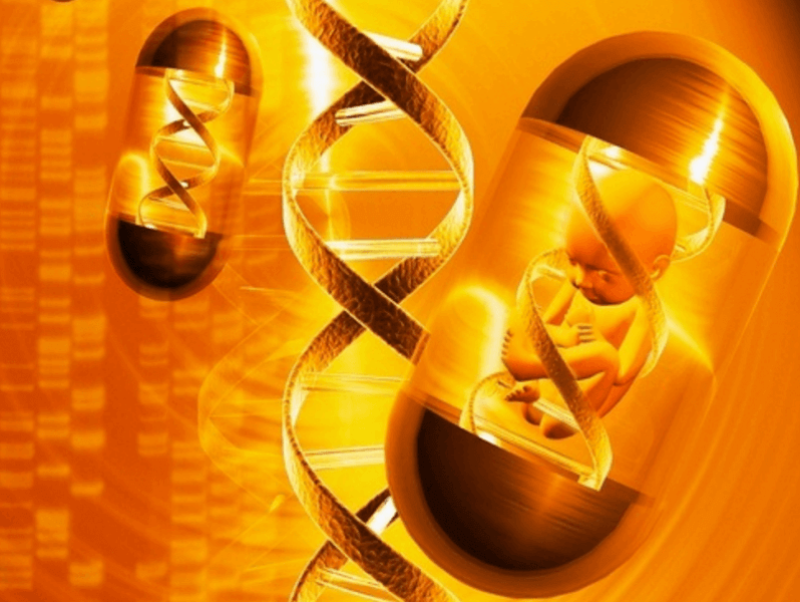To date, just two in vivo gene therapies have been approved in the United States. Both are for what [Duke professor Charles] Gersbach considers the most basic, first-generation gene therapy: take a gene, put it into a vector, and use it to supplement or replace a missing gene product.
…
In the future, gene therapy will be done earlier. It will, in many cases, be prompted by good screening before any signs or symptoms occur. Treatment decisions could even be informed by tests of egg and sperm. “Then patients would benefit for their entire lifetimes,” [Avrobio’s Chris] Mason prognosticates.
In other cases, there will eventually be machines at the point of care to extract, transduce, and return cells, all in one continuous process. Such a process would be most easily carried out with blood cells. “You are going to have to have some very good algorithms in there that really allow you to know with high confidence that you have cells you want,” Mason details.
If advances in editing continue, you can anticipate that “in 40 years, the technology may be available to change any base pair of anyone’s genome, in any tissue, in any cell type,” Gersbach says.































